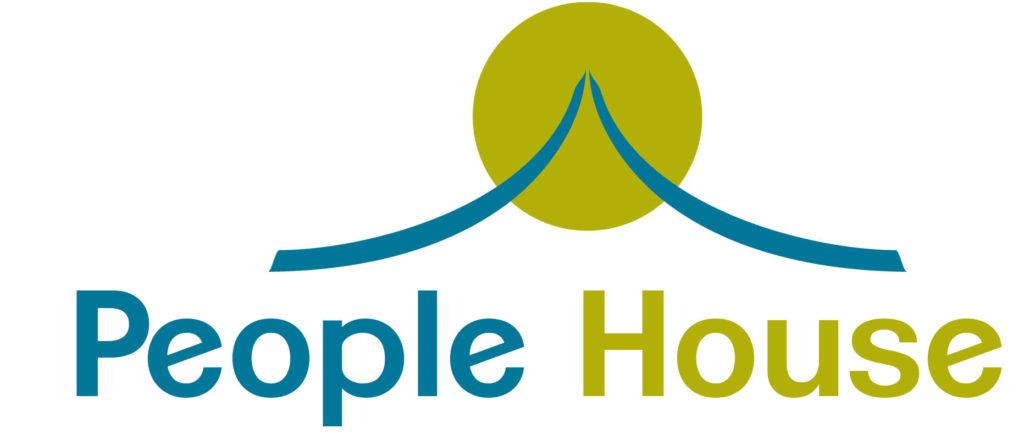Beliefs || By Chardin Bersto MA
In our last blog I briefly described the essence of how the Vagal system operates when we perceive our environment. When we came to this world, we did not have a language to label our experience, we were experience and expression all in one fell swoop. It was in this innocent stage that the family culture shaped and formed how we would eventually come to “understand” our experience. I use the term “family culture” because it is a complex combination of the immediate family, the extended family, and the social milieu that gives us the data we use to create our living environment.
Accessing new information from the field of Epigenetics we can get a clearer picture on how the “organism” manages this. I refer to it as the “organism” because what we’re working with here is the “cellular community” (Bruce Lipton, Biology of Perception). You see, it’s about the cell and its survival and to accomplish this, the cell picks up information from the environment (via the neurochemistry of perception), establishes what needs to happen, and manufactures the appropriate neurochemistry for response. Perception is based on what we “believe” the situation is. Perception Theory describes perception as the conglomerate of all our sensate information fed into different areas of our brain then we make our “best guess“ at what we are seeing.
This is where it gets tricky. A good example is some of the Projective Tests used in Psychological Assessment. Let’s take the Thematic Apperception Test first. The client is presented a picture of a scene like someone sitting next to a bed with a person in the bed. Show this scene to 20 different people and you may get 20 different stories about what is going on based on the experience of the person viewing the scene. The scene is seen as loaded with emotion and is interpreted in several different ways. Another good one is the Rorschach Ink Blots, rarely does someone say, “it’s an ink blot” and if they did, they would probably be diagnosed sociopathic.
What did our “family culture” teach us about the world and our experience? I saw a recent quote in an email from Einstein: “Everything is energy and that’s all there is to it. Match the frequency of the reality that you want, and you cannot help but get that reality. It can be no other way. This is not philosophy. This is physics.” This really points to the need of what’s known as a “paradigm shift”. What we are taught at an early age is not the full truth about what the world is and, for most, there is no challenge to make such a shift until their “world gets rocked”. Now, remember the issue of perception, we don’t see actual objects, we don’t hear actual sounds, we don’t smell actual smells, we don’t taste actual tastes, we don’t touch actual objects, we receive various forms of information that is processed in the brain then we make our best guess. It’s amazing that we can navigate the environment and operate in the world with everybody “making their best guess”. I used to think that the story of “The Tower of Babel” was about the various languages and cultures on the planet (he spread them to all the corners of the world and gave them different tongues), but now I’m inclined to believe this story a vision of the workings of perception and the “Tower of Babel” is in our heads.
So, here we are at thinking as a dissociative process, wondering how in the world can we actually “know” anything. Whenever we “separate a group of mental processes from the rest of the mind” we are not in contact with the world; we are lost in our own world. Whenever I cannot break free of my assumptions of the world based on my own belief structure, my thoughts can be only dissociative. The answer to the question about “knowing” is we can’t “know” exactly what we perceive, we make our best guess, and if our action and choice are in harmony with “unity” we won’t tread on another harmfully. I believe that what Meditation attempts to teach us is slow down, pay attention to our breath, come to now, and act compassionately. To do so is to promote life in myself and the world and realize that everyone is making their best guess.
About the Author: Chardin has been an Adjunct Practitioner at People House since 1998. He is the creator of Advanced Body Therapeutics (ABT). It is a new orientation of creating synergy in the body systems. ABT uses assessment tools from Osteopathic Theory, Chinese Five Element Theory, Applied Kinesiology, Yoga Therapy, Polyvagal Theory, and Structural Therapies to determine the relationship of the metabolic systems of the body as well as address common structural issues related to stress or trauma.
The goal in his body work is to create balance in the body and neutralize the polyvagal responses. In doing so, it reduces pain, calms emotion upset, and strengthens the immune system.
Chardin’s web address is www.abtherapeutics.net
